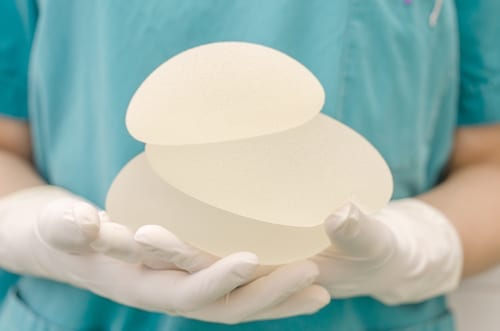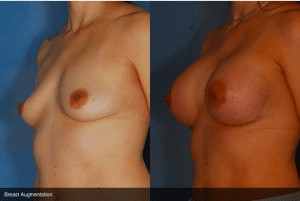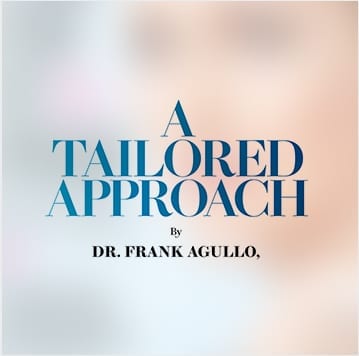March 01, 2016 | Breast Augmentation, Breast Implants
 As of 2015, breast augmentation was the most popular cosmetic surgery performed in the U.S. 4 out of 5 implants used were silicon, and the other 1 out of 5 were saline. While breast augmentation has been highly beneficial for a wide age range of women, with any procedure, there are risks, and implants can have problems. Fortunately for most women, the implant process goes just fine, and they are left with beautiful results. To get a better understanding of breast implant preservation, we spoke with board-certified plastic surgeon, Dr. Frank Agullo of Southwest Plastic Surgery in El Paso.
As of 2015, breast augmentation was the most popular cosmetic surgery performed in the U.S. 4 out of 5 implants used were silicon, and the other 1 out of 5 were saline. While breast augmentation has been highly beneficial for a wide age range of women, with any procedure, there are risks, and implants can have problems. Fortunately for most women, the implant process goes just fine, and they are left with beautiful results. To get a better understanding of breast implant preservation, we spoke with board-certified plastic surgeon, Dr. Frank Agullo of Southwest Plastic Surgery in El Paso.
Dr. Agullo, when should a patient have her breast implants replaced?
This will depend on the type of implant she has. Saline implants may deflate after a number of years, and will be ready for replacement at that time. Deflation is a fairly evident diagnosis, but if she has any suspicions about the implant, it’s important to speak with the plastic surgeon who performed the surgery. As long as the saline implant is unbroken, it is essentially perfectly functional and no replacement is needed.
Silicone implants are more popular, and the newer ones (from about 2006 to the present) have a lower rupture and capsular contracture rates. Capsular contracture is what we call the body’s response to a foreign object, such as a breast implant, by forming a scar tissue which then contracts (or tightens) around the foreign object. It can feel like a hardening of the breast and can occur with any type of implant. Silicone implants should be replaced if a hardening is felt, or in case of rupture.
Getting an MRI is the best way to check for any problems with your implant health, and should be done after the 3rd anniversary of your first implant surgery.
Despite not seeing any signs of problems or evidence of rupture, is it still a good idea to get them replaced eventually?
Through my years of experience, there seems to be no need to replace something that isn’t giving you any problems. And there’s no guarantee the new implants won’t have their own problems. If it’s not broke, don’t fix it.
Are there any types of implants that typically require more frequent replacement?
After 10 to 15 years, saline implants will probably leak at some point. And if the implant is unharmed, there’s no need for replacement unless the patient has rippling they’d like to fix, or a size change.
How do you feel about education available to women regarding their implant upkeep?
Implants usually require very little maintenance. Patients should be aware, though, that the best care for their breast health is done by getting MRI’s and having a post-surgery implant exam with their surgeon.
After the first year post-op visit, how often would you recommend women see their surgeon for an implant check-up?
 An annual checkup is what I recommend. Patients will usually pass this up and continue with their lives. But I will say that all women need an annual breast exam, especially those over 40, to ensure that they diagnose any form of breast cancer at an early stage.
An annual checkup is what I recommend. Patients will usually pass this up and continue with their lives. But I will say that all women need an annual breast exam, especially those over 40, to ensure that they diagnose any form of breast cancer at an early stage.
Is there anything else you would like to tell women about their implant care?
Hardening can be very gradual, and many women won’t notice until it is very far along. There are non-surgical solutions when hardening is caught early. But routine follow-ups are the best way to insure your investment into this cosmetic surgery is wisely taken care of.
Remember, ladies, regular checkups are essential and always check your breasts for hardening or other concerns. It’s so important that while you look good on the outside, you are healthy on the inside.
If you would like to learn more about breast implants, Dr. Agullo can answer all of your questions during a consultation. You can make appointment by calling our office at (915) 590-7900 or by filling out our online contact form.



